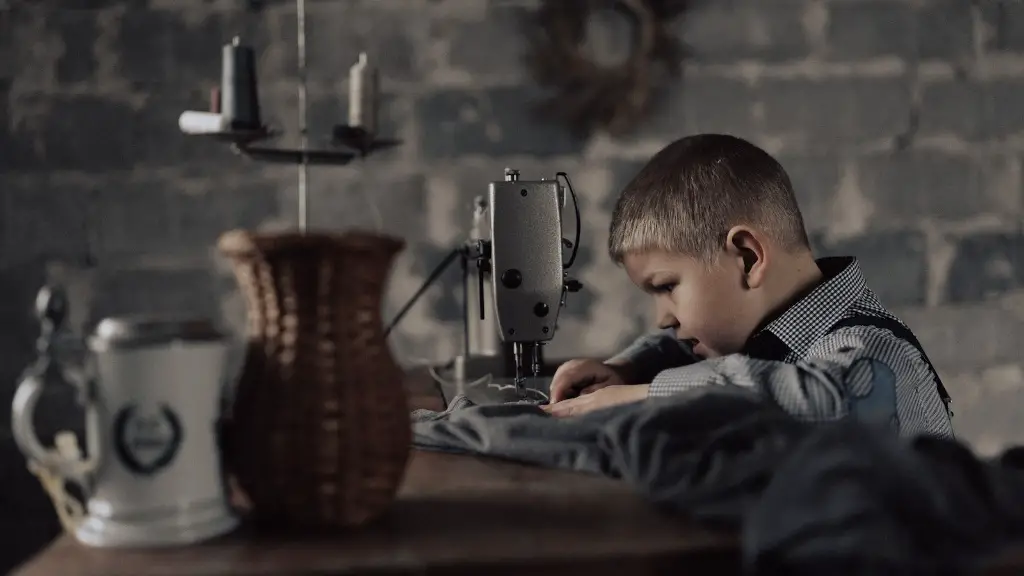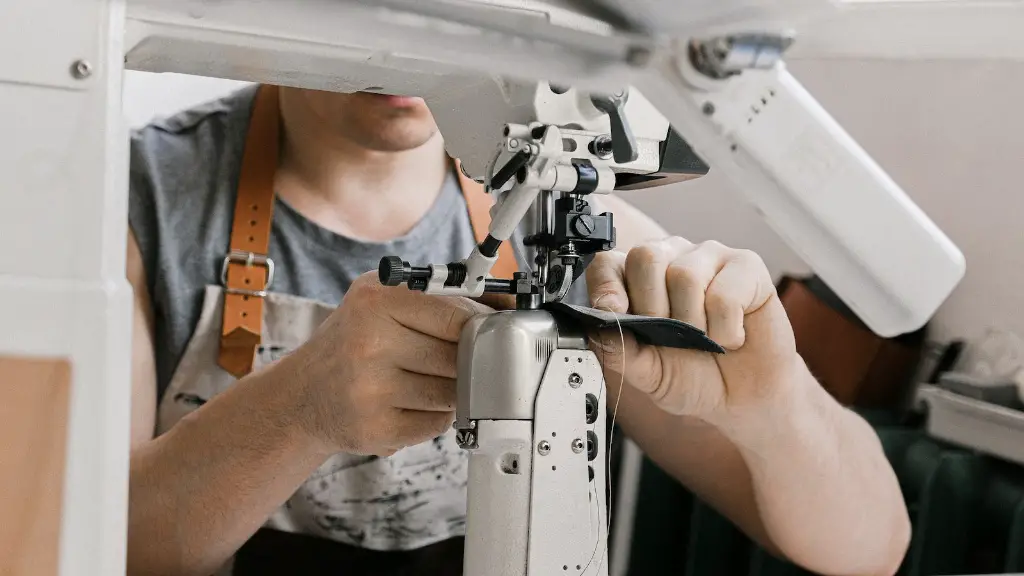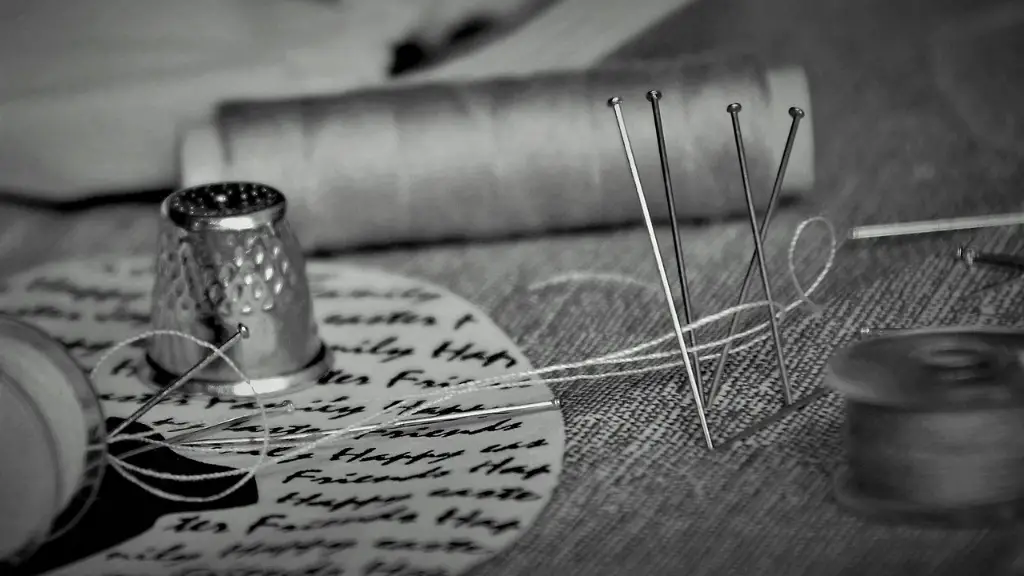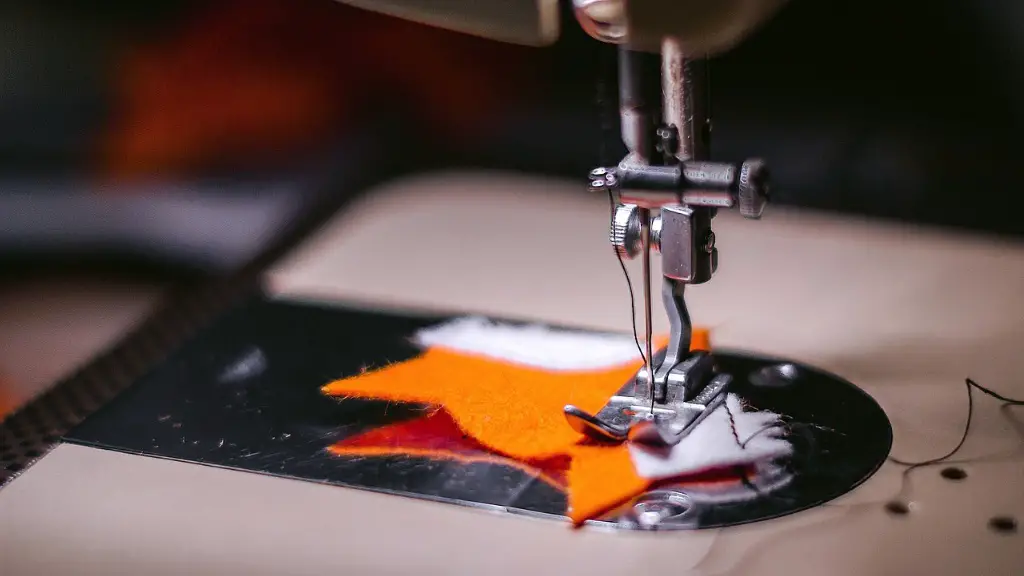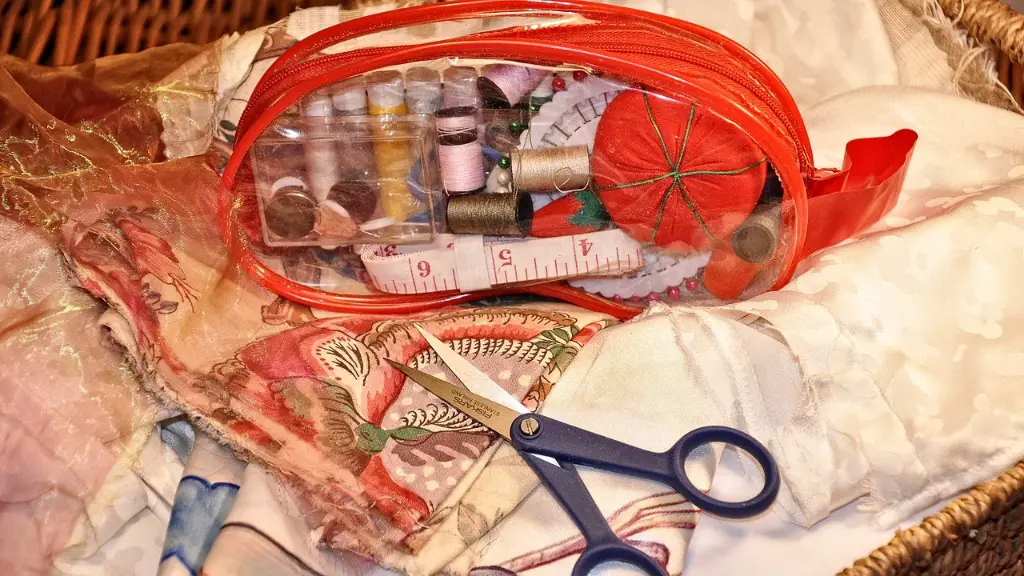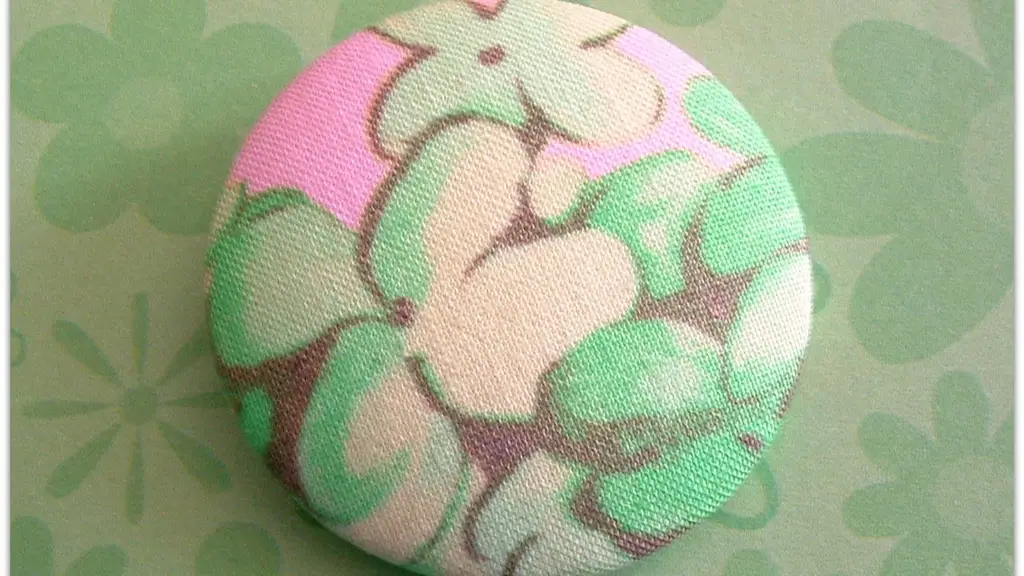Materials
Embroidering a shirt using a sewing machine requires specialized materials and tools. Thread for embroidery needs to be strong and should have a sheen. Multiple colors of thread can be used to create designs. A hoop is also needed to secure the fabric, and it should be the same size as the design. The sewing machine is the key piece of equipment, and many specialty machines are now available for embroidering, though you can use a traditional sewing machine if you’d like.
These specialty machines come with accessories to make the process of embroidering easier and more efficient. For instance, it is possible to buy embroidery patterns that can be used with a specialty machine, and many machines come with a way to digitize your own designs, making it easier to reproduce them.
A shirt should be washed and dried before being embroidered, as the fabric will shrink when it is wet. An iron is also necessary, in order to make sure the fabric is smooth and free of wrinkles. Finally, scissors will be needed to trim away any excess fabric and thread.
Setting Up the Shirt
The first step in embroidering a shirt is to lay the shirt out flat, and pin the fabric together. Once the shirt is pinned, it should then be secured in the hoop. The hoop should be placed in the machine, and the tension should be adjusted to make sure it is tight, which will make it easier to control the fabric. Once the hoop is placed in the machine, the embroidery design can then be stitched.
It is important to make sure that the fabric is pulled tight before stitching. There should be no wrinkles or slippage in the fabric, as this can lead to uneven stitches. The tension should also be checked often to make sure it is not slipping, as this can cause problems with the stitches. It is also important to make sure the needle is in the correct position before beginning to stitch.
Stitching
Once the needle is in the correct position, and the tension is adjusted, it is time to start stitching. It is important to remember to keep the stitches tight, and to take slow, even steps. For intricate designs, it is best to start in the middle of the design. Starting in the middle will help keep the design centered, and it will be easier to adjust the tension when stitching the more complex parts.
When stitching, it is important to go slow and follow the pattern accurately. The stitches should be close to each other, but not so close that they overlap. Finally, the bobbin thread should be trimmed periodically to avoid it becoming tangled.
Finishing Touches
Once the design is complete, the hoop can be removed from the machine, and the fabric can then be taken out of the hoop. The excess fabric should be trimmed away, and the edges should be finished off with a zig-zag stitch. An iron should be used to press any wrinkles out of the fabric, and to smooth the stitches, and the design should then be steamed to make it look its best.
Caring for the Shirt
It is important to take care of any embroidered shirt in order to keep it looking its best. It should be washed in cold water, and dried on a low setting. The shirt should not be ironed directly on the embroidery, as this can damage the design. Instead, an iron should be used to press the fabric on the outside of the embroidery.
In order to make sure the design does not fade, it is best to use a color-safe detergent. It is also possible to use a fabric sealant to make the embroidery more durable. Finally, when storing an embroidered shirt, it is important to make sure it is kept on a hanger, rather than folded, as this can cause creases in the fabric, which will damage the embroidery.
Advantages of Embroidery
Embroidery is a great way to add a touch of personalization to clothing. It is also a great way to add a professional touch to a shirt, as it looks much more polished than traditional printing methods. Embroidery also has the added advantage of being more durable than other methods, and will not stretch or fade with time.
Embroidery machines can be expensive, which can be a deterrent for many people. However, if you’re looking to add some unique touches to your clothing, it is well worth the investment.
Maintenance of Machine
To keep the sewing machine in good working order, the machine should be cleaned regularly. This can be done by wiping down the machine with a lint free cloth, making sure to remove any dirt or debris. The thread should also be changed regularly to prevent it from becoming tangled or frayed. Finally, the bobbin should be replaced regularly, and the tension should be checked to make sure it is correct.
By taking proper care of the machine, it will remain in good working order, and the embroidery will look its best. It is also important to make sure to use quality thread and needles, as this will help ensure the longevity of the machine and the embroidery.
Benefits to the Environment
Embroidery is a great way to add a unique, personal touch to clothing without damaging the environment. Many traditional printing techniques use chemicals that can be harmful, but embroidery does not require any additional chemicals, making it a much more eco-friendly way to decorate clothing.
In addition, embroidery is a much longer-lasting method than other printing techniques. Embroidery can last years, while traditional printing techniques will often only last a few washings, making it much more sustainable in the long run.
Additional Applications
Embroidery can be used to add a personal touch to numerous items, such as towels, pillows, handkerchiefs and quilts. It can also be used to decorate bags, and even shoes. The possibilities are endless, and depending on the design, it can add a touch of personality to anything.
Embroidery is also great for corporate promotional materials, as it can add a professional touch to items such as hats, t-shirts and mugs. This can be a great way to market your business, and it can also be cost-effective as well.
Tools Available
When considering embroidery as an option, there are many tools available. Software programs are now available that allow you to design your own patterns using a computer. Additionally, there are kits available for those who would like to learn how to embroider by hand.
For those who are serious about taking up embroidery, there are machines available that can be programmed with specific designs. With this type of machine, you can easily reproduce designs, and it is even possible to create personalized designs as well.
Costs of Embroidery
Embroidery can be as expensive or cheap as you’d like it to be. The cost of the equipment will largely be determined by the type of machine being used. Specialized machines can be expensive, but they are well worth the investment if you plan to regularly embroider shirts and other items.
The cost of the materials will also depend on the type of thread being used, and the size of the design. The cost of fabric will also depend on the type of fabric being used.
Conclusion
Embroidering a shirt using a sewing machine is a great way to add a unique, personal touch to clothing. It is not as difficult as it may seem, as long as you have the proper materials and tools. The cost of embroidery will depend on several factors, but it is possible to find a machine and materials that will fit your budget.
In addition to being a great way to add a personal touch to clothing, embroidery is an eco-friendly way to decorate items. The design can last for years, and it is possible to customize it to suit your own taste.
